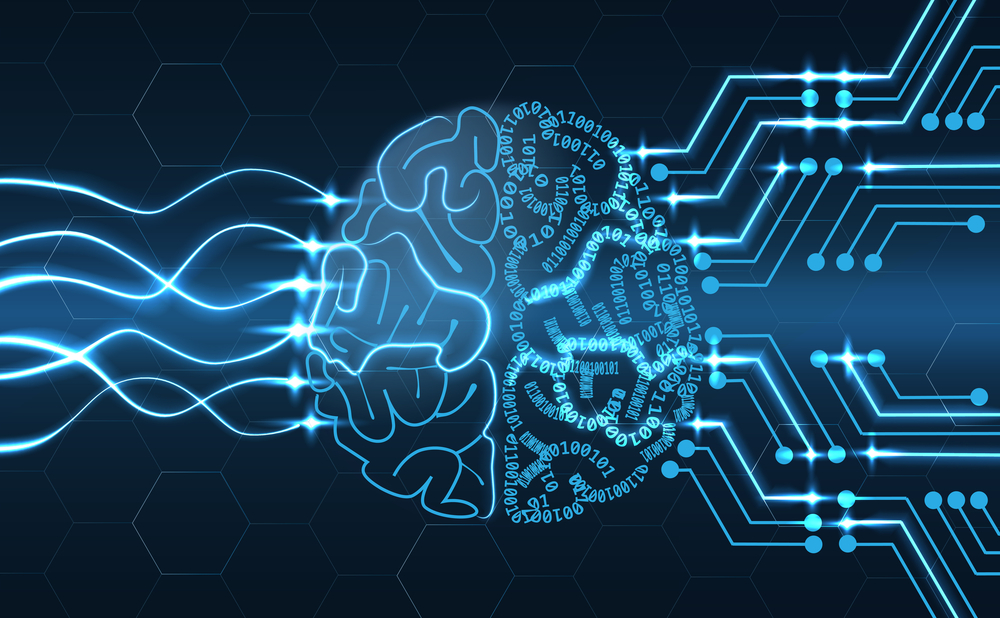
The use of artificial intelligence (AI) in the media and entertainment (M&E) industry isn’t new. Recently, however, it’s increasingly being deployed on an unprecedented scale and for previously inconceivable functions. For example, Marvel recently employed AI to create the impactful opening credits to its new Secret Invasion series. Meanwhile, CGI teams working on the Indiana Jones: The Dial of Destiny film used AI to turn back the clock on Harrison Ford’s appearance.
Though it’s worth keeping in mind that the technology isn’t without controversary— taking the recent SAG AFTRA and WGA strikes as an infamous example—there is, however, little doubt that recent AI breakthroughs are helping to democratize the use of AI across the M&E sector.
A move that is making it possible for big production companies as well as small independents, film studios, and TV stations to meet the growing demand for content. Armed with AI, these firms are unlocking new levels of creativity that previously would have taken a significant amount of time, effort, and money to achieve.
AI: A Transformative Tool
Today’s AI technologies present an enormous opportunity for M&E companies to improve their operations, engage audiences in new ways, and simplify their content and distribution processes.
For example, production crews can now use AI-powered analytics to automate previously labour-intensive manual processes. Using features like language translation and speech-to-text, they can now tackle tasks like adding subtitles or dubbing with ease and ensure these are appropriately synchronized within video frames—all of which improves output quality while making production budgets stretch much, much further.
Similarly, AI can be used to tag, enrich, and transcribe huge quantities of content—including raw unstructured data—something that makes video libraries and archives much more searchable and discoverable. With AI, crew members are able to easily search existing content using attributes such as people, places, things, and even sentiment. By adding metadata to video and image files, M&E teams can potentially save hours of time and effort when tailoring content for specific audiences.
It’s also much faster and easier to generate new content, and additional monetisation opportunities, from existing libraries. For instance, rather than having to search through decades of film footage to locate clips featuring a particular actor, now all it takes is a single mouse click to precisely identify and retrieve each appearance incidence.
In terms of enabling enhanced efficiencies, AI-driven animations and character modelling are helping to streamline the creative process. Meanwhile, in addition to enabling filmmakers to go from concept to camera in minutes, AI is being used to support the creation of highly optimized production schedules and enhance creative decision-making.
In a world where post-production and editing activities are increasingly being undertaken by teams working collaboratively in the cloud, cutting edge generative AI tools are helping to make the media production and transmission process itself a faster and more integrated procedure. It’s also making processes like the restoration of library and archived content and its transformation into new broadcast standards like 4K a much more economical proposition.
Finally, generative AI technologies like ChatGPT and Stable Diffusion are helping to revolutionize the creation and analysis of scripts and storylines. That includes the procedural content, player prompts and dialogue that is utilized when developing new video games. With the right generative AI tools, these fundaments can be created in a fraction of the time and different creative options explored and refined faster and at a much lower cost.
Harnessing all these new capabilities, however, depends on having cutting edge integrated storage environments that are designed to support these new and highly agile AI-powered ways of working.
Putting AI to Work in Storage
The growing pre-eminence of AI is closely aligned with the availability of new high speed and high performance storage solutions that makes it possible for today’s content producers to organize, manage, and share digital content and images faster and make the most of their data assets.
Unlocking productivity, efficiency, and new ways of working, enriching data with AI-enabled storage systems not only lends speed and parallel processing capabilities to production workflows. It also speeds up rendering and video and image processing and makes it possible to add metadata to video and image files. This potentially saves hours of work thanks to content tagging and automated object recognition while accelerating content movement and archiving activities.
Enabling teams in any size of organization to get up and running with new AI applications faster, these high availability solutions make it possible to set up and manage multiple production workflows simultaneously and offer automated content management features that can be customized in real-time.
Releasing Creatives to ‘Do Their Thing’
Enriching data with AI-enabled storage systems enables creative teams to deliver complete productions in significantly compressed time frames and at a much lower cost. This can be anything from integrating automatic text, images, and video generation to enable enhanced experimentation and collaboration between creative teams, to analyzing and enriching the content used in broadcast, post-production, sport, and other media workflows.
By helping creative groups everywhere take advantage of transformative AI capabilities, today’s all-in-one content management and storage solutions are helping to accelerate the delivery of new and compelling content faster—and much more efficiently.







